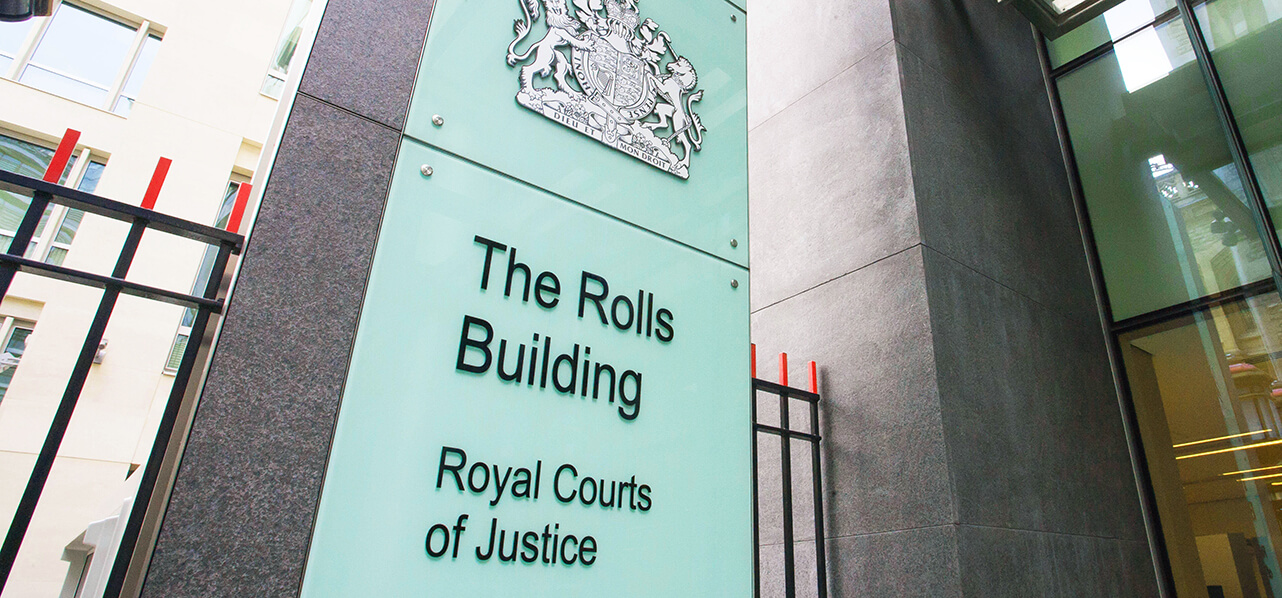In a promotional video celebrating a recent project, award-winning architect Sophie Hicks said: “I think it’s very important for a new house to sit very comfortably and fittingly in its landscape”.¹ However, protracted litigation with neighbours over Ms Hicks’ development plans for her home in Holland Park, London, demonstrates how subjective and divisive opinions and perspectives on this can be.
Partner London





